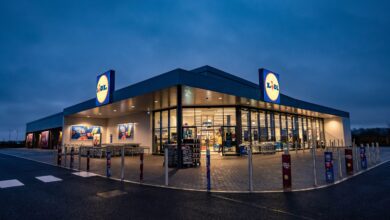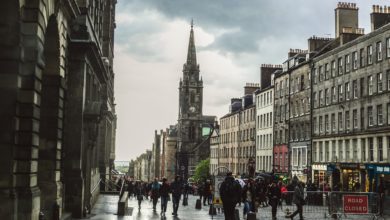The current discourse surrounding John Lewis
Recent reports have brought into question the future of John Lewis’ partnership structure, as the retailer grapples with a £234m loss and weakening consumer spending in stores - but would diluting the partnership even be the answer?

Register to get 1 free article
Reveal the article below by registering for our email newsletter.
Want unlimited access? View Plans
Already have an account? Sign in
Recent news of John Lewis’ plan to shake up its partnership model, which sees that staff are treated as shareholders, has received a number of very passionate responses. Andy Street, who was the John Lewis managing director from 2007 to 2016, went on record to say that, should the employee-owned business structure be diluted, “it would be a tragedy”. Retail consultant Mary Portas also chimed in early on with a spirited open letter, telling off the business for “letting go of their soul”.
The employee-owned business model has been law at John Lewis since the 1920s, which plays a big part in people’s shock and horror at the thought of things changing internally for the retailer.
It was first reported by The Sunday Times that the partnership, which also includes Waitrose, a supermarket arm that brings its own prestige to the table, was considering the idea of selling a minority stake to raise up to £2bn for investments in better technology, data analysis and Waitrose’s supply chain.
Coverage of the leaked news that chairwoman Sharon White was even considering diluting the partnership proved to be controversial among staff who, thanks to the partnership, jointly own the whole of the business and benefit from any profits. As a way to placate the public, the BBC was then told that this idea was at the “very, very early stages” of discussion and may not even happen. However, if it did, “it would not amount to removing the mutual ownership structure altogether and that staff would retain majority control”.
Things have recently come to a head very quickly for John Lewis, and it was a slippery slope from the moment it was revealed that no bonuses were paid to staff for the financial year of 2022, for only the second time since 1953. This came on the heels of a £234m loss, as well as store closures and curtailing of staff.
The retailer blamed inflation for an extra £179m that was added to its costs over the year. This was also paired with consumers’ waning purchases, which amounted to sales dipping by 2% to £12.25bn. Though John Lewis had better looking sales figures, those were offset by a 3% decline at Waitrose.
In addition, while customers grew by 800,000 to 20 million, they actually bought less over the year, and the online boost seen during the pandemic was partly reversed due to shoppers shifting some of their grocery spend to discount retailers.
The most recent development in this saga has been the plummeting market value of John Lewis Partnership’s pension assets by £2.8bn in 2022, thanks to its poor financials. The value of the fund fell from £7.23bn to £4.42bn, which was attributed to a fall in the value of liability-driven investments “designed to hedge interest rates and inflation risks”.







